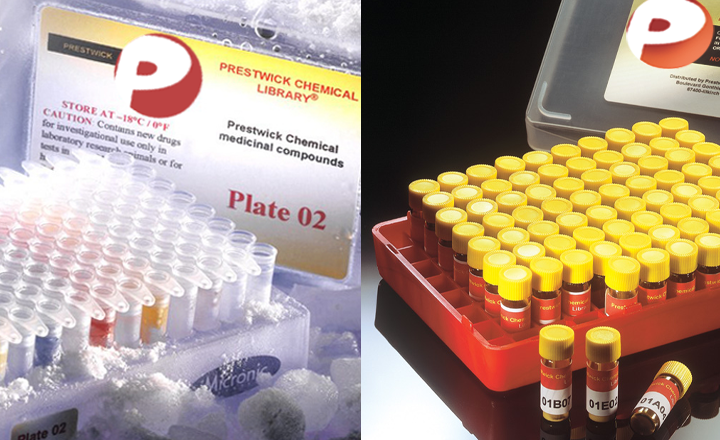Identification and characterization of menadione and benzethonium chloride as potential treatments of Pierce’s disease of grapevines
Zhang S, Jain M, Fleites LA, Rayside PA, Gabriel DW
Phytopathology - vol. 109 233-239 (2019)
Phytopathology
Xylella fastidiosa infects a wide range of plant hosts and causes Pierce’s disease (PD) of grapevines. The type 1 multidrug resistance (MDR) efflux system is essential for pathogenicity and survival of bacterial pathogens in planta. X. fastidiosa, with a single MDR system, is significantly more vulnerable to inhibition by small-molecule treatments than most bacterial pathogens that typically carry redundant MDR systems. A high-throughput cell viability assay using a green fluorescent protein-marked strain of X. fastidiosa Temecula 1 was developed to screen two Prestwick combinatorial small-molecule libraries of drugs and phytochemicals (1,600 chemicals in total) approved by the Food and Drug Administration and European Medicines Agency for cell growth inhibition. The screens revealed 215 chemicals that inhibited bacterial growth by >50% at 50 µM concentrations. Seven chemicals proved to lyse X. fastidiosa cells at 25 µM, including four phytochemicals. Menadione (2-methyl-1,4-naphthoquinone, vitamin K) from the phytochemical library and benzethonium chloride (a topical disinfectant) from the chemical library both showed significant bactericidal activity against X. fastidiosa. Both menadione and benzethonium chloride foliar spray (15 and 5 mM, respectively) and soil drench (5 and 25 mM, respectively) treatments were equally effective in reducing PD symptoms by 54 to 59% and revealed that the effects of both chemical treatments became systemic. However, menadione was phytotoxic when applied as a foliar spray at effective concentrations, causing significant loss of photosynthetic capacity.


